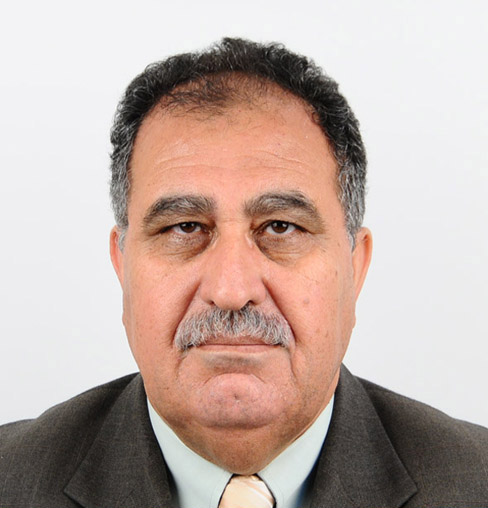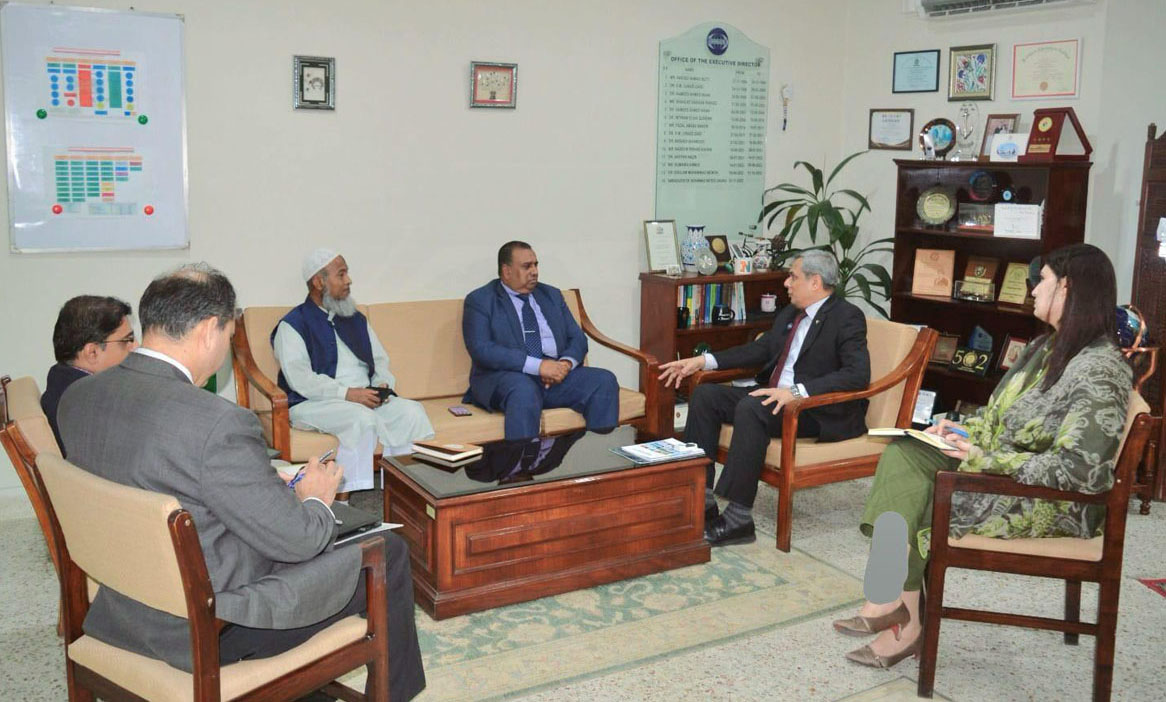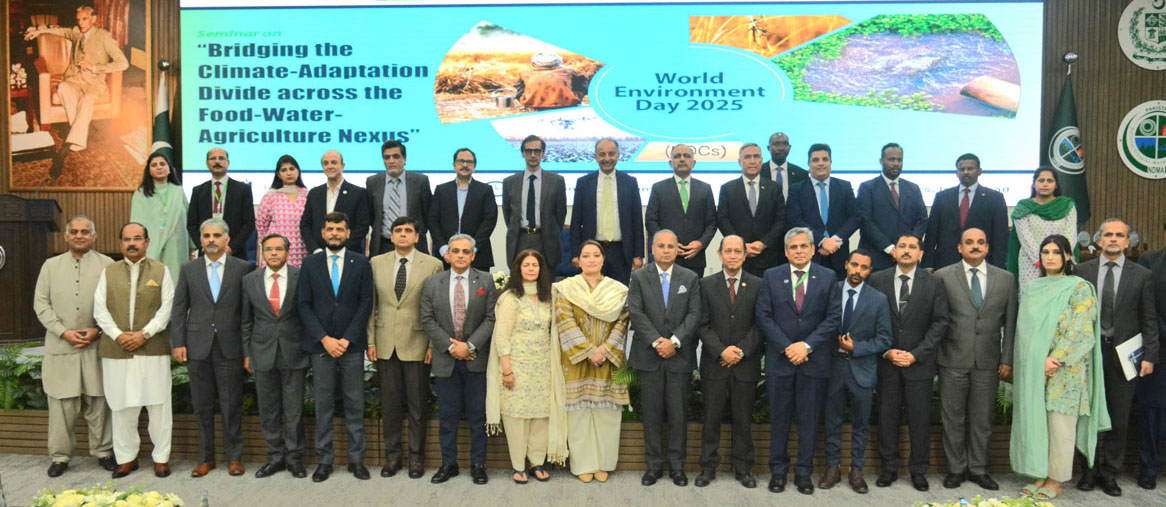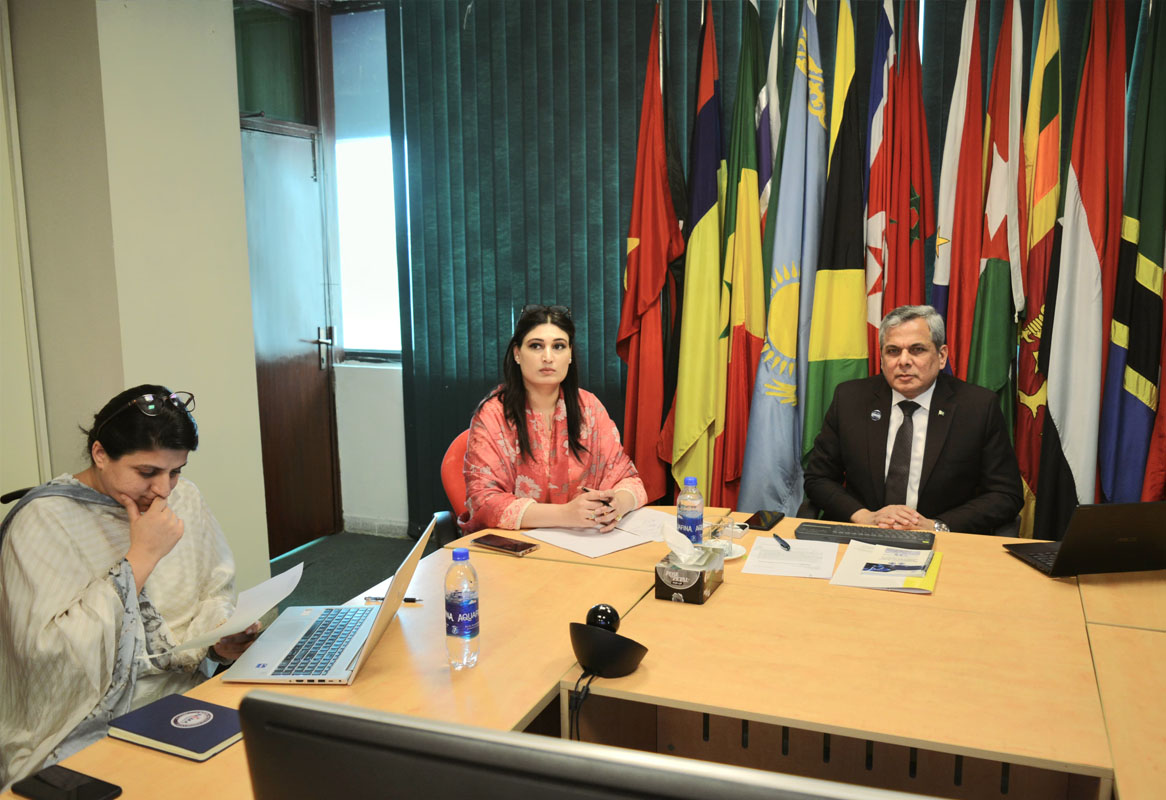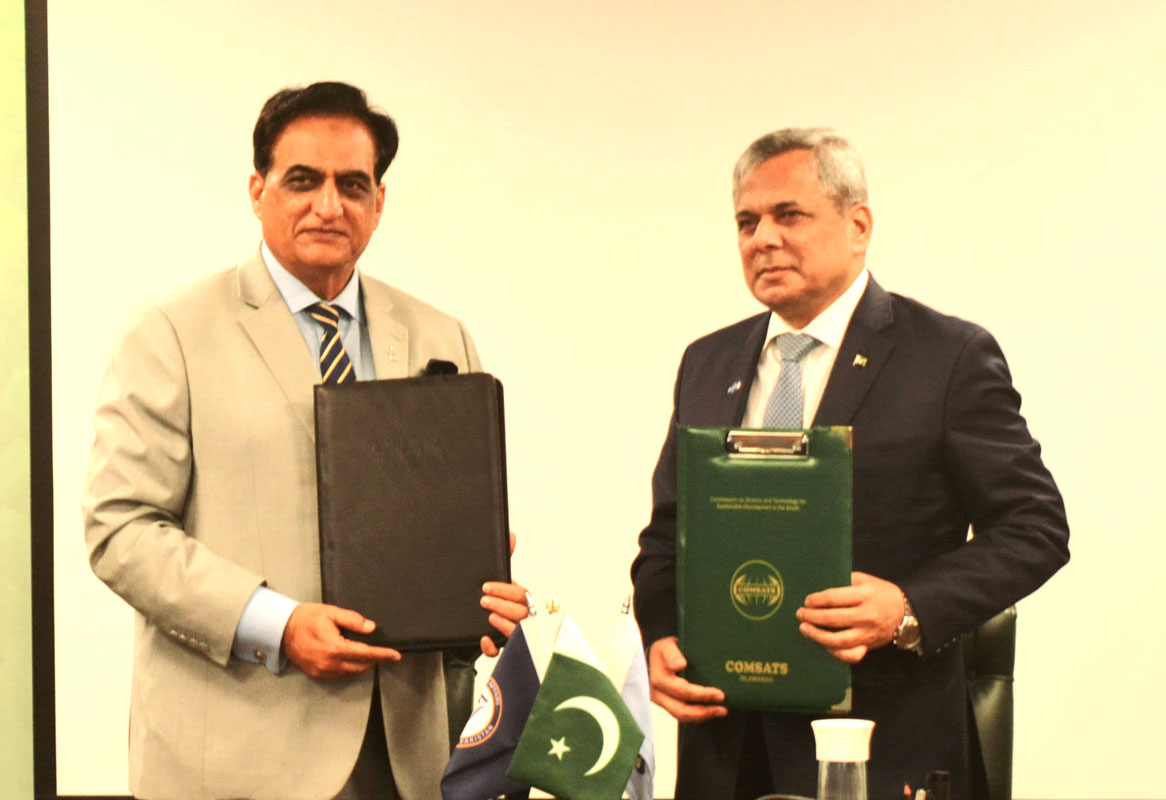COMSATS’ team reached out to Dr. Najeeb Al-Shorbaji, President, Jordan Library and Information Association, to seek his expert views and opinions on COVID-19. Formerly the Director of Knowledge, Ethics and Research at WHO/HQ, Geneva, Dr. Shorbaji is also the President of eHealth Development Association of Jordan, and Independent Consultant in Knowledge Management and eHealth. Belonging to Jordon, Dr. Shorbaji holds a PhD in Information Sciences.
Through his career in WHO, he initiated and led a number of information and telecommunication technology projects and knowledge networks. He is a member of a number national and international professional societies and associations specialized in information management and health informatics. He has authored over 80 research papers and articles presented in various conferences and published in professional journals
Dr. Azeema Fareed, Principal Medical Officer and Focal Person of COMSATS Telehealth at COMSATS Secretariat asked him some pertinent questions relating to COVID-19 in his areas of expertise. Here is what we learnt:
1. How bad has Jordan been affected with Corona Pandemic and what, in your opinion, the situation will be like in the coming few weeks in the Middle East?
The official statistics provided by the daily press conference of His Excellence the Minister of Health shows a low prevalence of the disease. As of 10 April 2020, the country has 372 registered cases, of which 161 have already recovered and left hospitals while seven patients have died as a result of corona. The country has been under curfew since 21 March 2020 with the aim of preventing the spread of the novel coronavirus. On 9 April, the Government imposed a full curfew for 48 hours during which nobody is allowed to go out of their homes for any reason except the health personnel with special permits. In fact, the Minister of Health has just announced that there have been zero cases today for the first time since the first case was reported on 2 March 2020 of a Jordanian coming back to Jordan from Italy. Between 2 March to 10 April 2020 a number of interventions have been made by the government including isolation of people coming from abroad, partial curfew, full curfew, allowing small shops and groceries to open, home delivery and heavy punishments on those who break the rules including confiscating of cars and financial penalty.
The situation in the Middle East is much more difficult to assess for a number of reasons:
- Many of the countries of the Middle East are in emergency situation as a result of man-made disasters in the form of war, refugees, occupation or embargo. That includes Syria, Yemen, Libya, Somalia, Palestine and Iran. People and governments are busy managing immediate needs;
- A serious problem in many MENA countries is the lack of transparency on number of people affected, hospitalized or even death rate of corona;
- Weak health systems and lack of test kits mean that not necessarily all potentially affected persons are tested or even reported.
The future will depend on the level of recognition of the risks and the dangers of this pandemic on health and other socioeconomic structures of communities. Lockdown for ever is not the solution and many countries started to pay the economic cost of this. I am sure the world will be different after its full recovery from the pandemic. I think countries will look at health and health systems as a cost-containment element and not as a costly investment that should be avoided.
2. How digital technologies are helping prevent, mitigate and treat the pandemic?
Digital technologies are essential in helping, mitigating and treating the pandemic. In Jordan, for example, the daily press release by the Minister of Health, the Minister of Information and the Army General is something that people wait every night to watch. The same appears on the Ministry of Health website and is reflected on the social media platforms. The Government keeps people informed and alert about the situation. A number of websites have been either activated or developed to educate people on the risks and ways to protect themselves from the virus. One extremely important strategy that is being promoted is social distancing. ‘Stay at home’ is the most used term these days. To treat the pandemic, at least in Jordan, people have to go to hospitals if cases are confirmed, if not confirmed then self-isolation. For patients of chronic diseases, a new platform has been put up to allow for renewal of prescriptions and home delivery of medications. This platform is both a type of telemedicine service and delivery of medications form distance.
3. There is hype on the use of information and digital technologies all over the world. Do you think this role of digital technologies is inflated?
The role of information and digital technology is not inflated. I believe it is underutilized. I think it is a must to use it and it has become a reality. The International Academy of Heath Science Informatics (IAHSI) of the International Medical Informatics Association (IMIA) has issued a statement and approached the World Health Organization (WHO) (https://imia-medinfo.org/wp/statement-from-the-international-academy-for-health-sciences-informatics-iahsi-the-academy-of-the-international-medical-informatics-association-imia-to-the-director-general-of-the-who-on-the-use/).The statement urges WHO Director General to take certain actions to enforce the use of digital health to combat this pandemic and the future ones. I am a member of a number of working groups discussing the use of artificial intelligence in health and specifically in pandemics based on the full understanding that digital health can be used for surveillance, prevention, diagnosis, and treatment of pandemics in all countries and communities. Without the digital technology it would have been impossible to disseminate knowledge about the pandemic. eLearning and distance education are enabled by this technology. Mapping of the disease and use of geographic information systems (GIS) are basic epidemiology applications. Mobile health and tracking of people in general and patients in particular are very much in use and many applications are being developed. Treatment of patients especially testing and diagnosis are enabled by digital technology. We have to observe very carefully the ethical concerns emanating from the use of digital technology such as privacy and confidentiality. Digital health use should not be manipulated by governments to access files of persons and then “punish” them for certain ideas or attitudes.
4. What’s your take on the infodemic (Fake news, herbal remedies) on Corona that has spread more rapidly than the disease itself? What would be your advice to governments and agencies as to how to power through the counter-effect of the infodemic?
What is called infodemic (was even used by the WHO DG early on) is one major challenge to governments and communities in the face of this pandemic. There is too much fake news in the form of deliberate misinformation on the social media. A lot of disinformation and too much information that has made an overwhelming flood of information that people are not able even to process. Knowledge, quality information and discipline are among the most important tools to fight the pandemic. It is most unfortunate that conflicting news and information is being exchanged and shared on COVID-19 which is a major threat to social and economic existence of countries. Politicizing the pandemic and racist comments about its origin and source are not in any way helpful. Accusations of other countries and organizations coupled with total lack of respect to others and lack of collaboration result in the current state of affairs. Few years back the term infodemiology was used in the literature which aims at providing better understanding of how very low-quality information is being shared and disseminated. It has become the pandemic itself on social media and websites that are dedicated to misleading people. In fact, the Jordan’s Minister of Information made it very clear when he said “our mission is to provide you with accurate and update information on the pandemic”.
5. What would be the key components of a good communication strategy in times of pandemic?
A good communication strategy is to be transparent and truthful about what is going on. High quality evidence-based information should be shared with people, engaging the community in the fight against the pandemic through collaboration, social distancing and solidarity. Information on the pandemic should be straight, simple and actionable. Communication should be frequent, current and up to date provided by those in charge (accountable) and those who know only (health professionals). The pandemic is fast changing and that requires fast communication. The media is full of ignorant people speaking about the pandemic. Even people started to make jokes about that.
6. Do you think world is now going to realize the importance of Telemedicine with policy makers taking it more seriously in the future? What technologies, do you foresee, are going to be the future of public health?
Telemedicine and the wider scope of telehealth is the best way forward. They go along the concept of “stay at home” and “keep a distance”. Let the data move, and not people, using the technology and the skills of professionals remotely. I guess it was in 2012 when we came up to the concept of H2H, i.e., from “Hospital to Home” which simply means use the technology to monitor and report health situation of the individual from home without having to bring them to hospitals. Hospital infection is one big killer which can be avoided by keeping people away. Wearables, sensors, etc. are good means to transmit data in real time for health care providers to act upon. Telemedicine is excellent way for learning and for second opinion let alone diagnose and treatment. Telemedicine application is not without challenges: some legal, some ethical and some technological. The best way is to go for it and resolve problems while going as long as there is a national policy for it, especially to build trust and compensation. I am not with performing tele-surgery due to unreliable links. We have to be extremely careful that about 50% of the world population does not have access to the Internet and they don’t have the digital means. “Leaving no one behind” means using whatever technology available to us to achieve Universal Health Coverage so that the principal of equity is respected.

